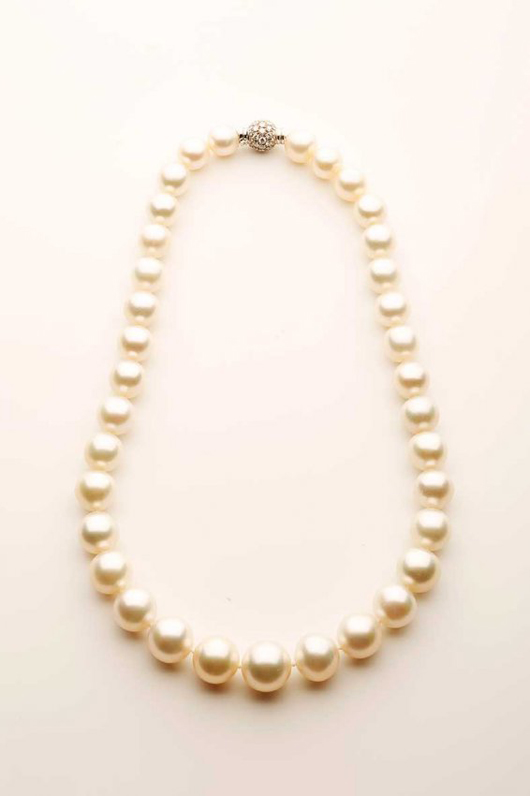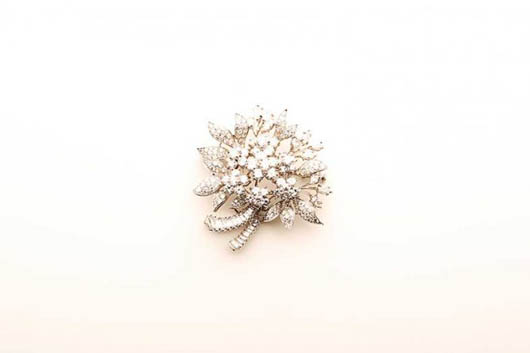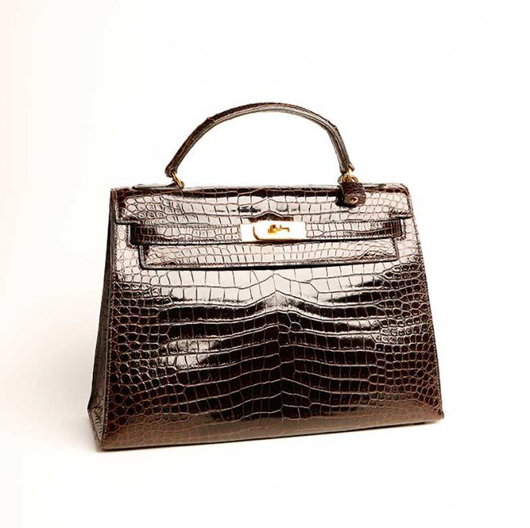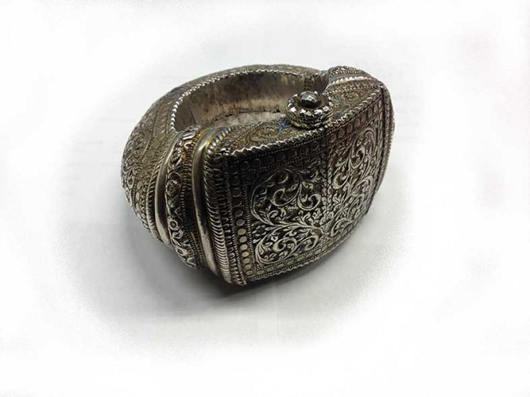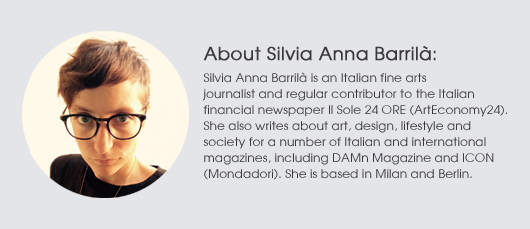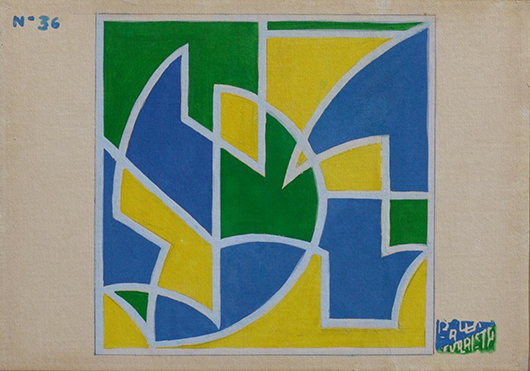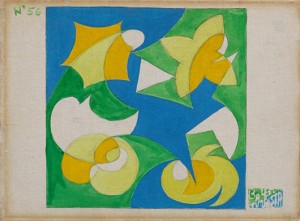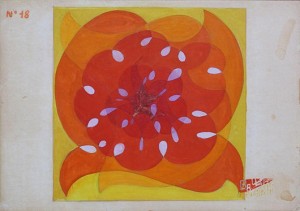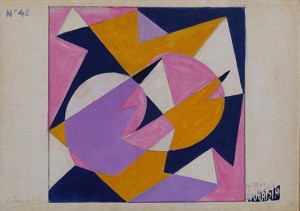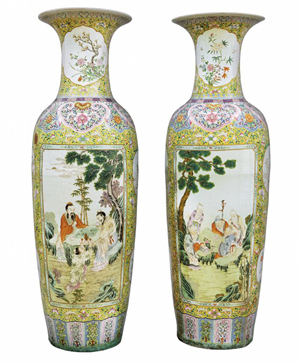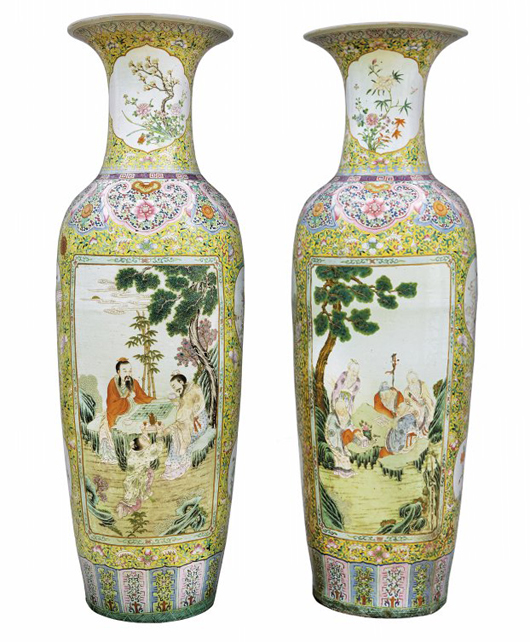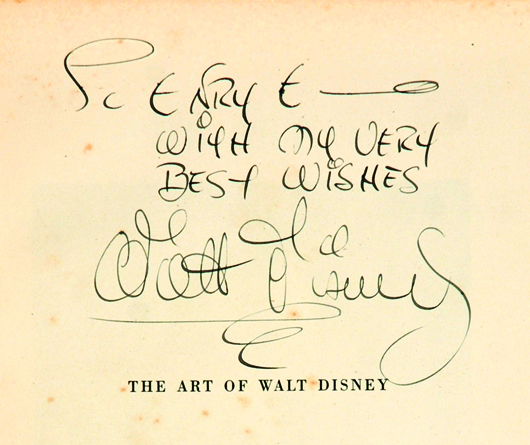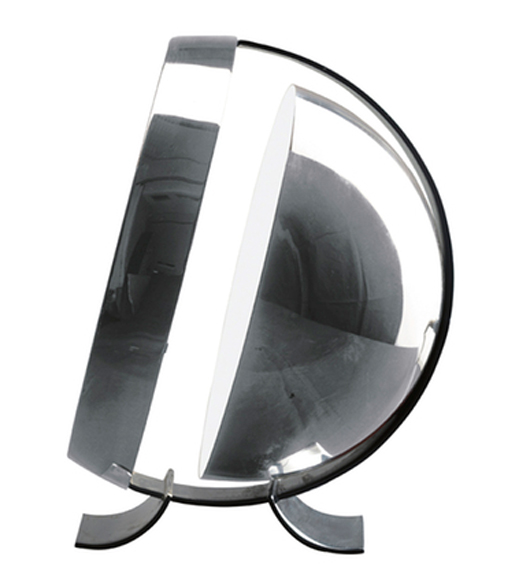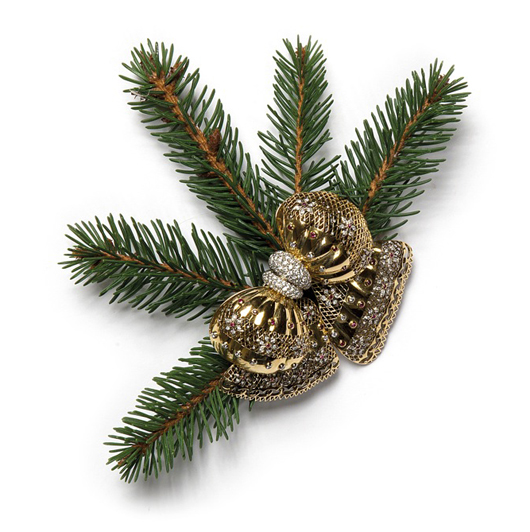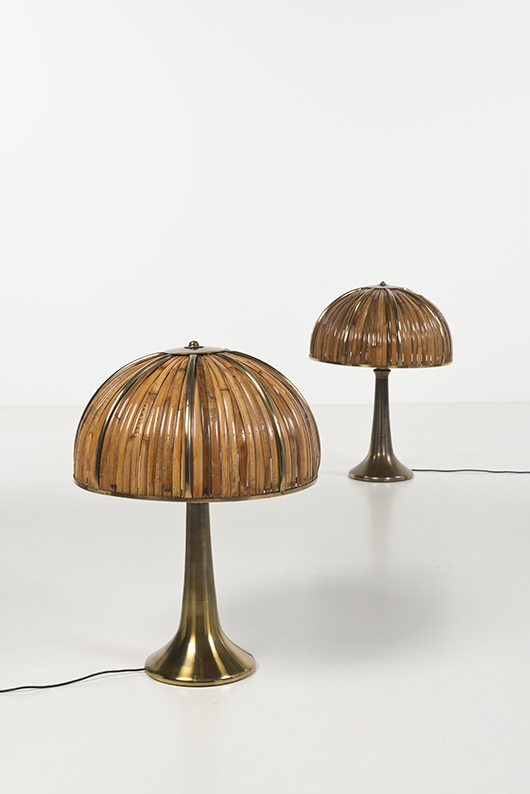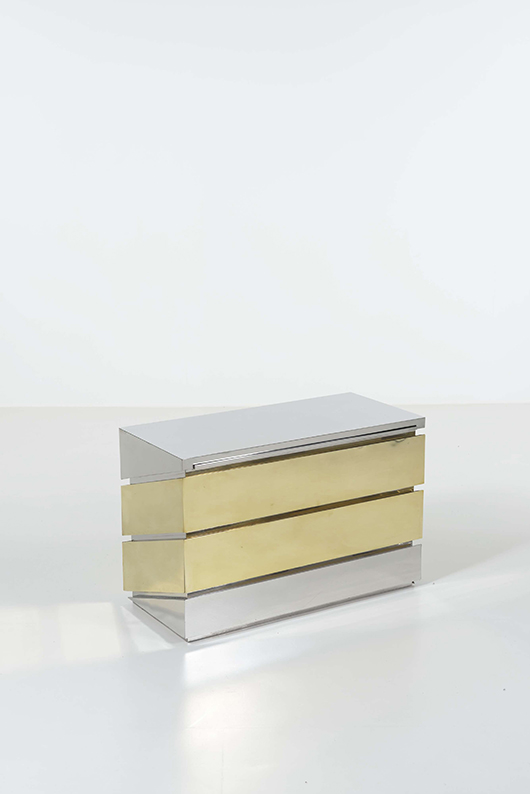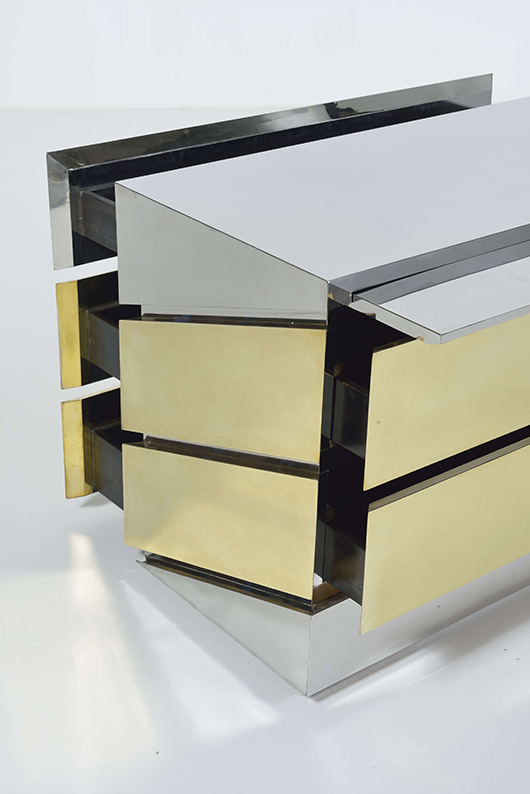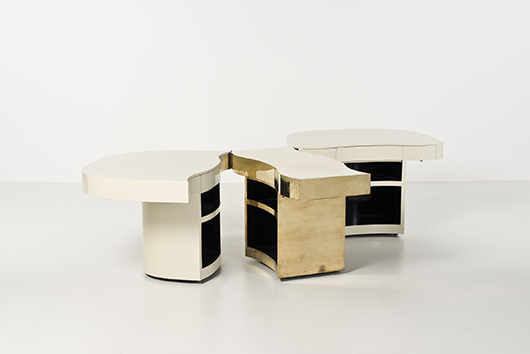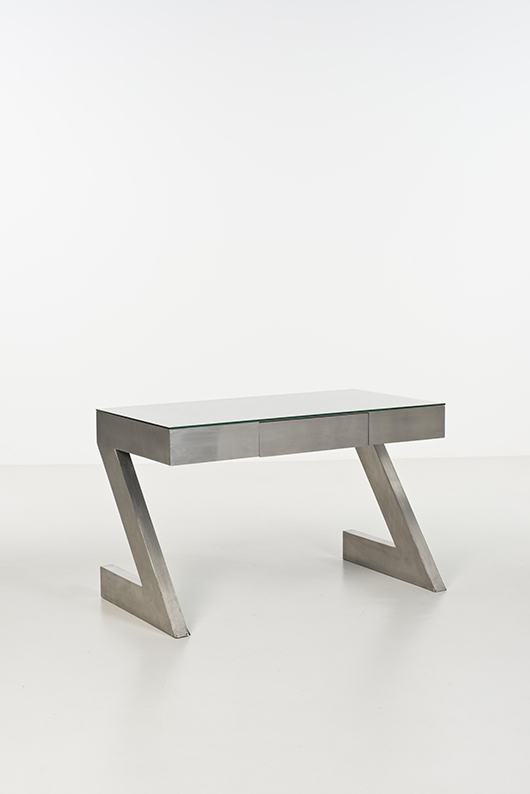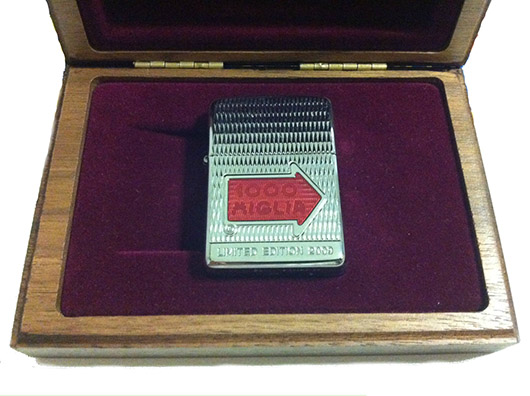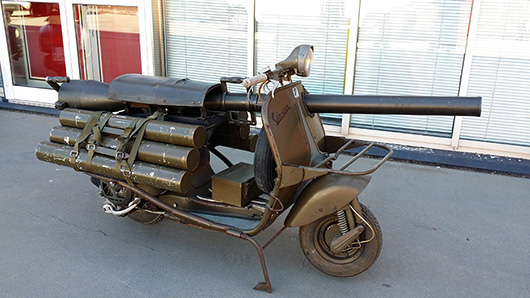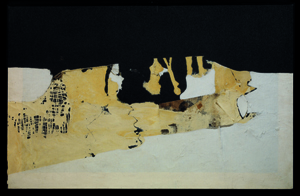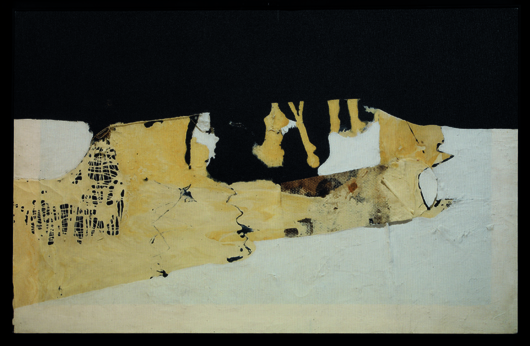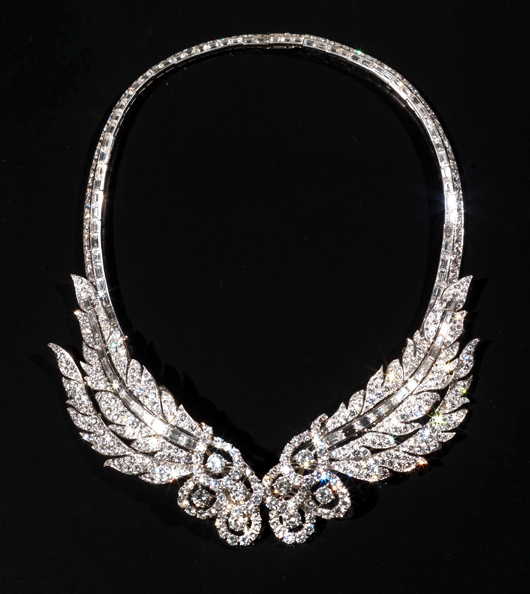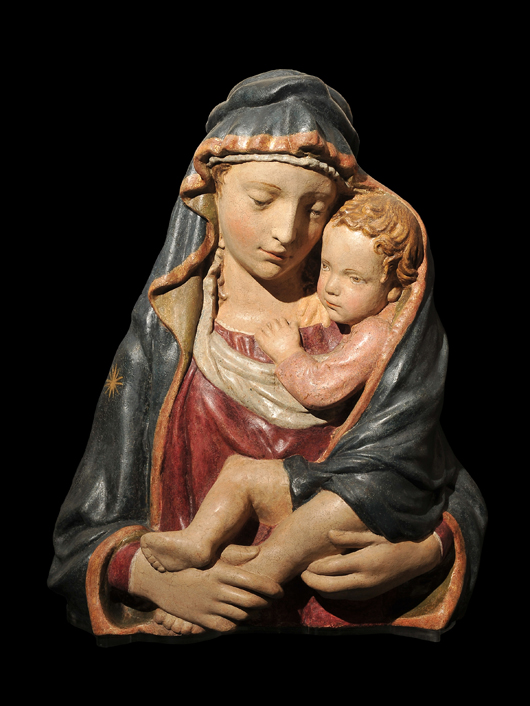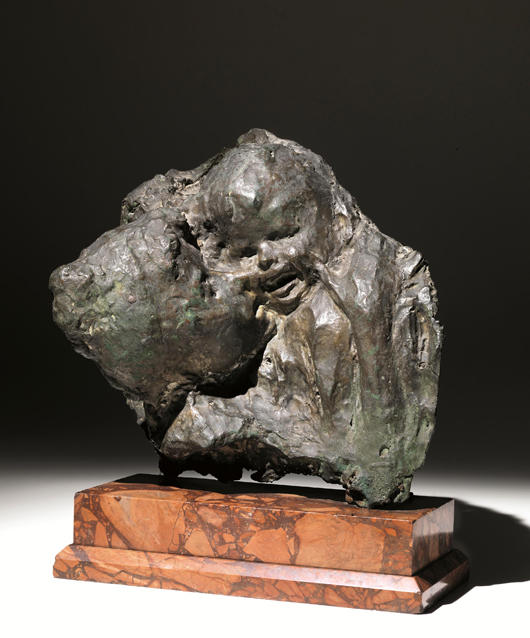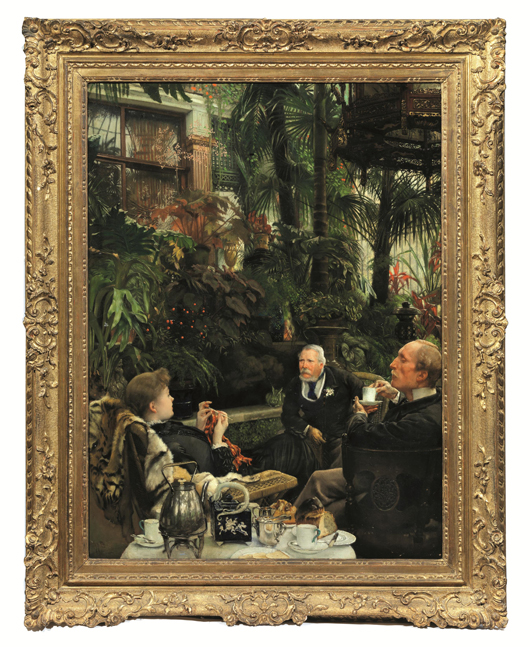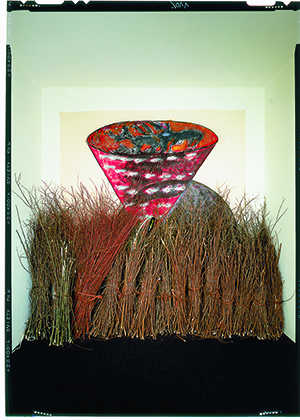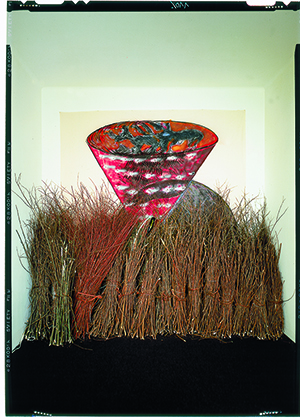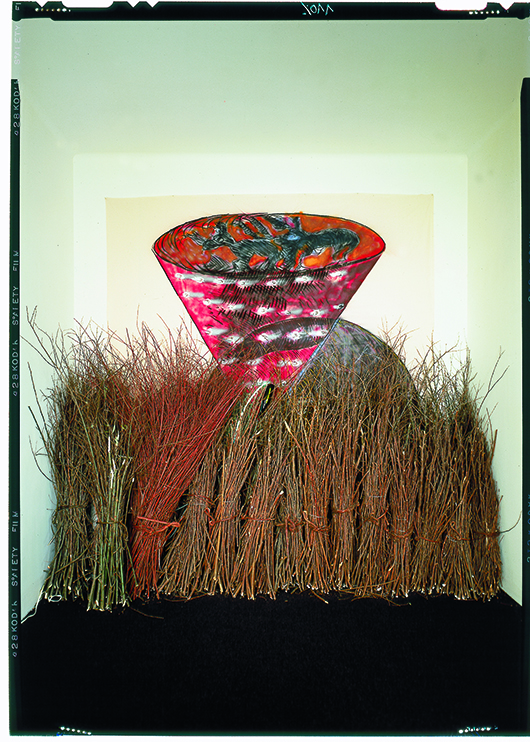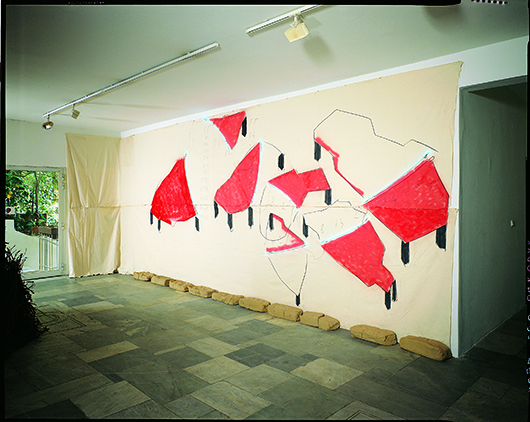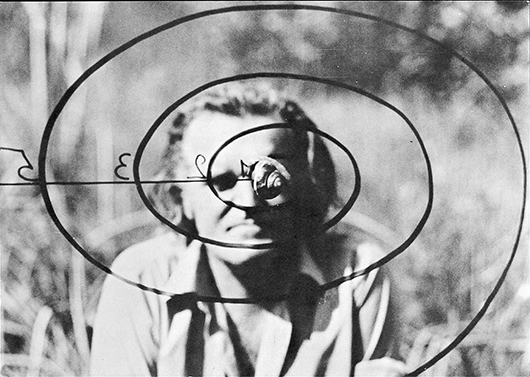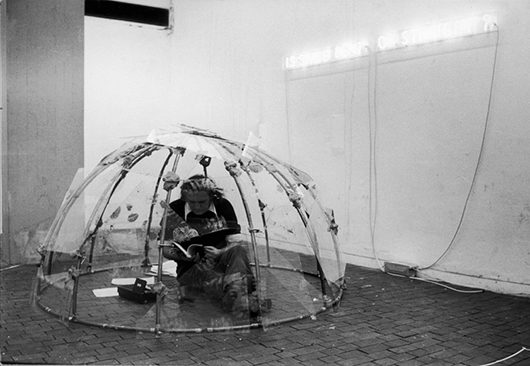
ROME – For the first time, Rome-based auction house Minerva Auctions will hold a sale on the occasion of Valentine’s Day, but on Feb.13. It is a minor auction of jewels and watches anticipating the more important event of May 21. Alongside the jewelry, the auction offers vintage accessories like handbags and scarves for a total of 359 lots with estimates ranging from €50 to €13,000.
“The idea was born with the goal of attracting an audience that is not necessarily linked to our major auctions that take place twice a year,” said Andrea De Miglio, head of jewelry, watches and silver, “but also in order to give the opportunity to buy a gift for someone else or for ourselves that is out of the ordinary and, at the same time, represents an investment in something that will surely increase its value in time, not only emotionally, but also economically.”
The market for jewelry and watches, in fact, is growing steadily and has changed a lot in recent years. “All over the world new record prices were reached,” De Miglio said. “New audiences have entered these sectors and new marketplaces have opened up, in particular in Asia, where they are growing exponentially. The buyers have realized that in these sectors the values depend not only the material, but much more on exclusivity and rarity.”
The highest prices are reached, in fact, for very selected types of objects. “The market rewards rarity, as in the case of the precious stones in natural colors like the Burmese rubies or the Kashmir sapphires, and the objects of particular importance like the splendid achievements of the early 20th century, not necessarily realized by the famous maison of the time.”
Both in 2014 and in 2013 the sector of jewelry, silver and watches was the one with the highest total at Minerva Auctions: €1,865,050 in 2014 and €1,340,251 in 2013, with an increase of 39.2 percent from 2013 to 2014.
Inside the field of jewelry, a sector that has been rediscovered in the last two years is the artist’s jewelry. “It is a sector that is linked not only to the normal patterns of jewelry, but also to the artistic world of the mid-20th century; a time in which fantastic works were created. Today they are finally finding their right location and evaluation in the market.” A significant example is the brooch “Archaeologists” by Giorgio de Chirico, which was sold at Minerva Auctions in November for €75,000 from an estimate of €15,000.”
Also the sector of vintage bags receives more and more attention from collectors. “The most requested bags are definitely by Hermès,” said De Miglio, “especially those vintage, obviously in good condition, and especially those in crocodile. The Kelly bag, the first one by the fashion house, and the Birkin bag are now real cult objects (the Kelly bag was already in the 1950s); for these bags some customers are willing to pay crazy amounts up to €50,000. But other luxury brands are sought-after, as well, like Louis Vuitton, Gucci, Roberta di Camerino. Obviously we always talk of vintage objects.”
But then what are the items not to be missed in this auction? “Among the jewelry, a beautiful brooch from the 1950s full of diamonds with exceptional features (lot 163, estimate €7,000-9,000), and a string of Australian pearls which are practically perfect (lot 39, estimate €13,000-18,000). Among the vintage bags, a beautiful Kelly bag, size 28, in dark brown crocodile from the 1970s in perfect conditions. It even has control certificate of the house and is identical to the one wore on several occasions by the Princess of Monaco, Grace Kelly, who made the whole world dream (lot 345, estimate €6,000-9,000). Interesting objects more for their rarity and curiosity than for their values can be found among the silver: three trays from Tripoli from the early 20th century (lots 92, 93, 94, estimates €250-350 each) or an ancient anklet from India from the end of the 19th century (lot 91, estimate €250-350).”
